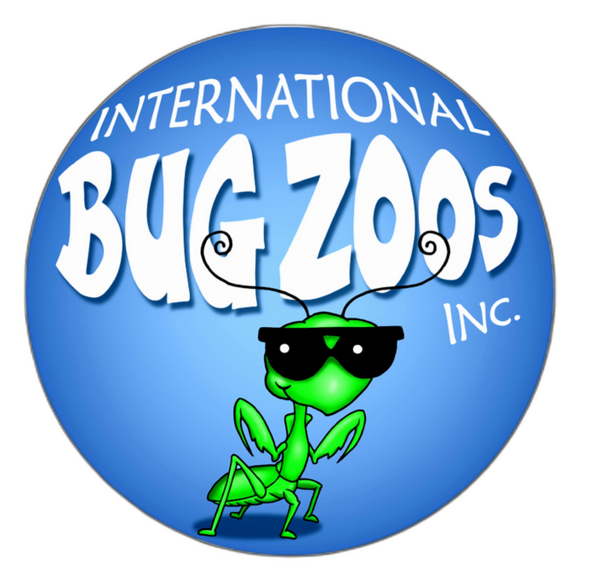Unraveling the Mysteries of Ancient Snail History
The enigmatic history of snails, stretching back millions of years, has long intrigued scientists and naturalists alike. These seemingly simple creatures are, upon closer examination, carriers of a vast, intricate history that sheds light on both the evolution of life on Earth and the environmental changes that have shaped our planet. Unraveling the mysteries of ancient snail history has become a crucial endeavor in understanding biodiversity and the interconnectedness of life through time.
The Origin of Snails
Snails belong to the class Gastropoda, which is part of the mollusk family. This group also includes slugs, whelks, and limpets. Evidence from fossil records indicates that gastropods first appeared during the Late Cambrian period, approximately 500 million years ago. These early ancestors of modern snails were marine creatures, inhabiting the vast, shallow seas that covered much of the Earth's surface. Over time, they evolved to occupy freshwater and terrestrial environments, showcasing an incredible adaptability.
Fossil Records and Evolution
The fossil record of snails offers valuable insights into their evolution. Unlike many other animals, snails' hard shells are well-preserved in sedimentary rock, providing a chronological account of their development through the ages. Various fossilized snails display a remarkable diversity in size, shape, and shell ornamentation, reflecting the different habitats and ecological niches they occupied. By studying these fossils, scientists can reconstruct ancient ecosystems and understand how major events, such as mass extinctions and climatic shifts, impacted snail populations.
Adaptation and Survival
One of the most fascinating aspects of snail evolution is their ability to adapt to a wide range of environments. Snails can be found in almost every corner of the globe, from the deepest oceans to the highest mountains. This adaptability is partly due to their varied diets; snails can be herbivores, carnivores, omnivores, or detritivores, consuming dead and decaying matter. Additionally, their reproductive strategies are diverse, with some species laying eggs, while others are capable of self-fertilization, ensuring survival in isolated or harsh conditions.
Contribution to Science and Ecology
Research into ancient snail history is not just an academic pursuit. It has practical implications for conservation biology, climate change studies, and even medicine. Snails play a significant role in ecosystems as decomposers and as a food source for various predators. Understanding their historical biodiversity and population trends can help conservationists protect endangered species and restore habitats. Moreover, certain snail species produce compounds that are being explored for pharmaceutical applications, including pain management and anti-cancer properties.
Challenges and Future Directions
Despite the progress made in unraveling the mysteries of snail history, many challenges remain. The fossil record is incomplete, and biases in preservation can skew our understanding of snail evolution. Climate change poses a significant threat to snail habitats around the world, potentially leading to the extinction of species before they can be studied. However, ongoing advances in technology, such as molecular genetics and imaging techniques, offer new ways to study ancient snails and their modern descendants. By continuing to explore the past, scientists can uncover the secrets of these remarkable creatures, illuminating the complex web of life that has existed on Earth for millions of years.

